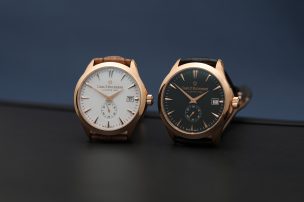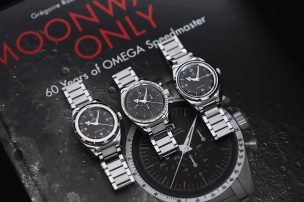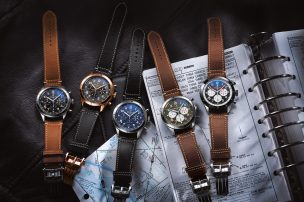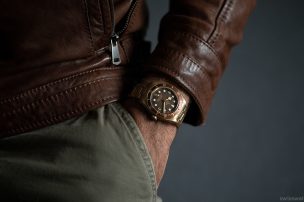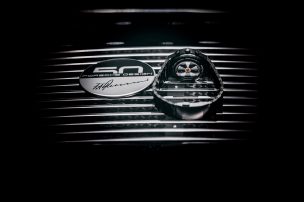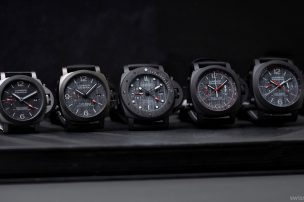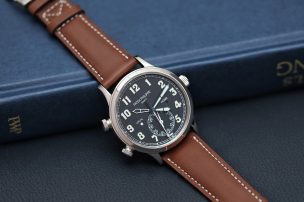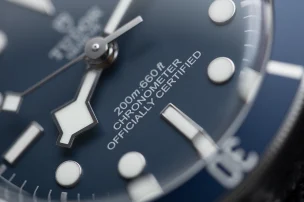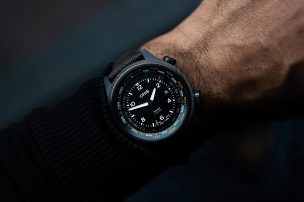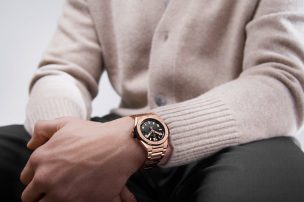
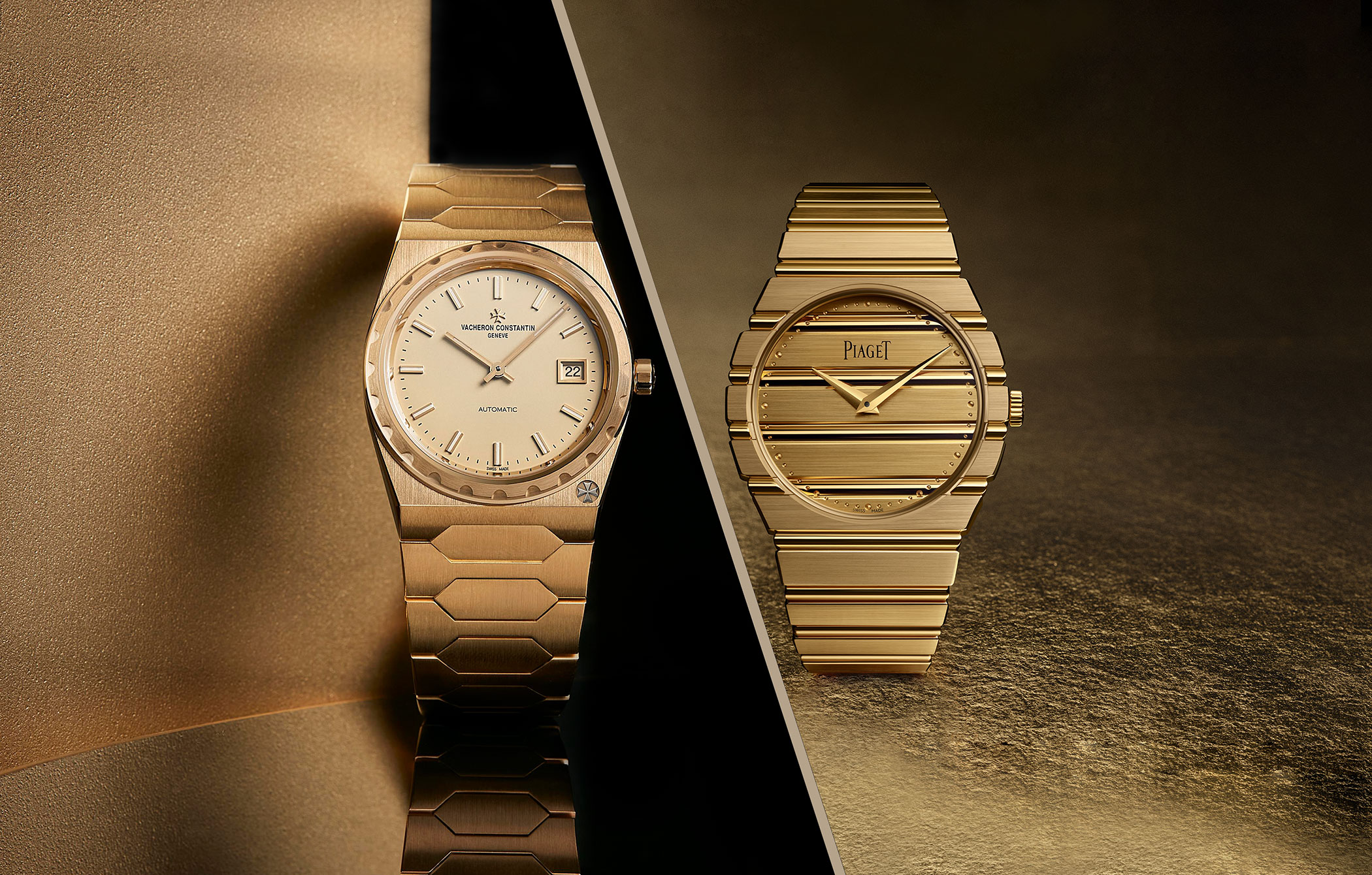
Golden Investment: Vacheron Constantin’s 222 versus Piaget’s Polo 79
Yellow-gold watches have long been seen as the ultimate symbols of success. Unmistakably crafted from precious metal, such watches are not destined for the subtle amongst us. Rather, these watches make sure that all those around them are well aware that its wearer is affluent enough to attain such a sumptuous timepiece. With all due respect to watchmaking, yellow-gold watches are the epitome of hedonism; something for those who can have – and do – what others only dream of.
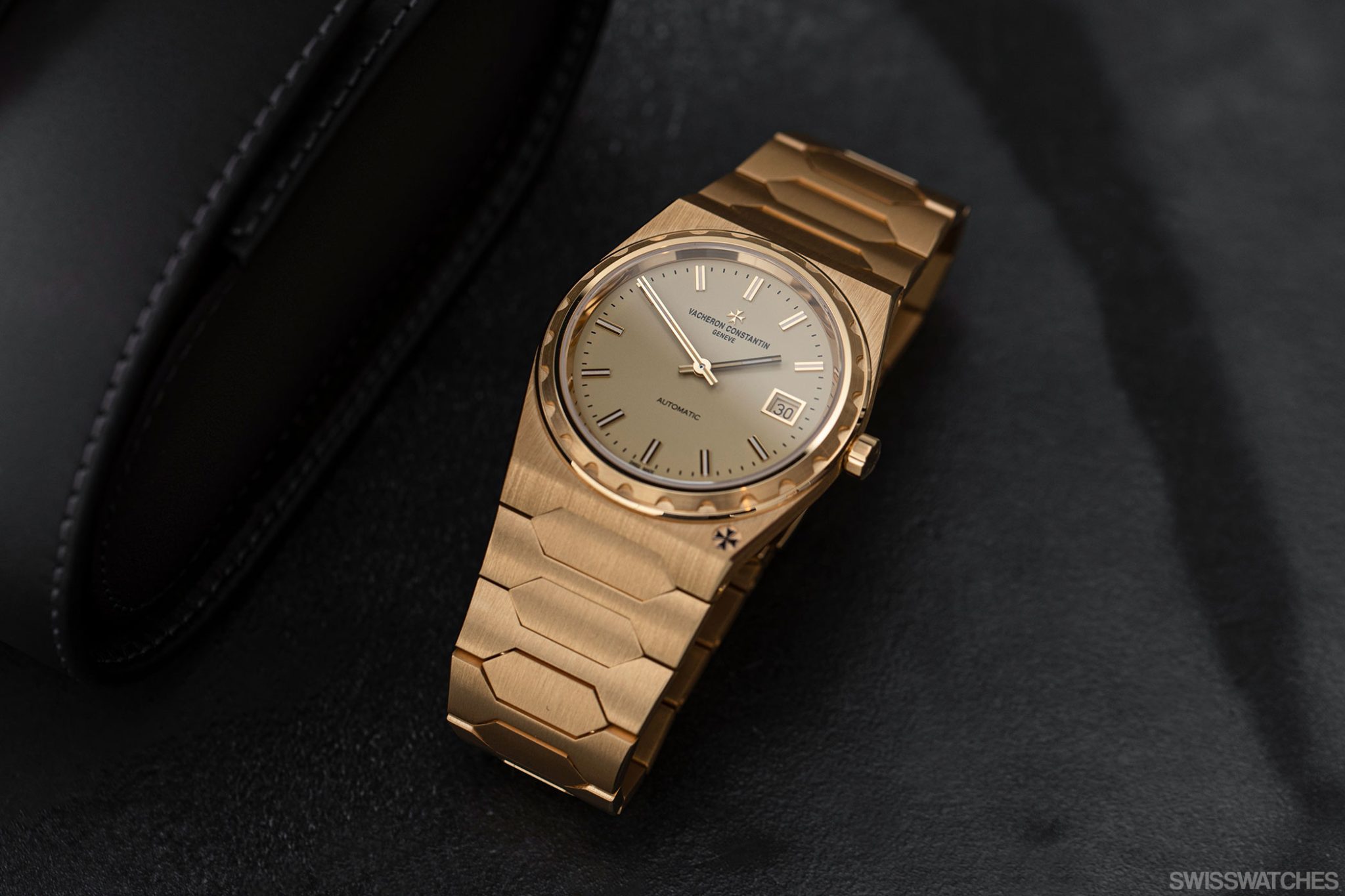
The attention that Vacheron Constantin received upon releasing its yellow-gold 222 watch two years ago thus came as little surprise. Likewise, the presentation of Piaget’s Polo 79 several months back was a hot topic of discussion, as it joined the ranks of ‘precious metal watches with an integrated bracelet and long history’ coming onto the market in yellow-gold.

Here at Swisswatches Magazine, we posted an Instagram comparing the two respective watches, while asking followers which of the two models they preferred – a question that touched the souls of the social media watch community. We received plenty of feedback in the comments, with the majority opting for Team Vacheron Constantin. But why, exactly? And is this choice justified? It’s well worth taking a closer look.
A question of aesthetics: Jewellery meets watchmaking
The original 222 was introduced in 1977 to mark the 222nd anniversary of the Vacheron Constantin maison. Conceived by Jorg Hysek, the design broke with the overtly classical look of the horology house’s products, alternatively embracing the trend for precious metal sports watches with integrated bracelets – then a fast-growing field thanks to the likes of manufactures such as Audemars Piguet, Patek Philippe, and IWC Schaffhausen. Although such watches were still a few steps ahead of their time, their design led to them becoming the most sought-after and stable investment pieces in the world.
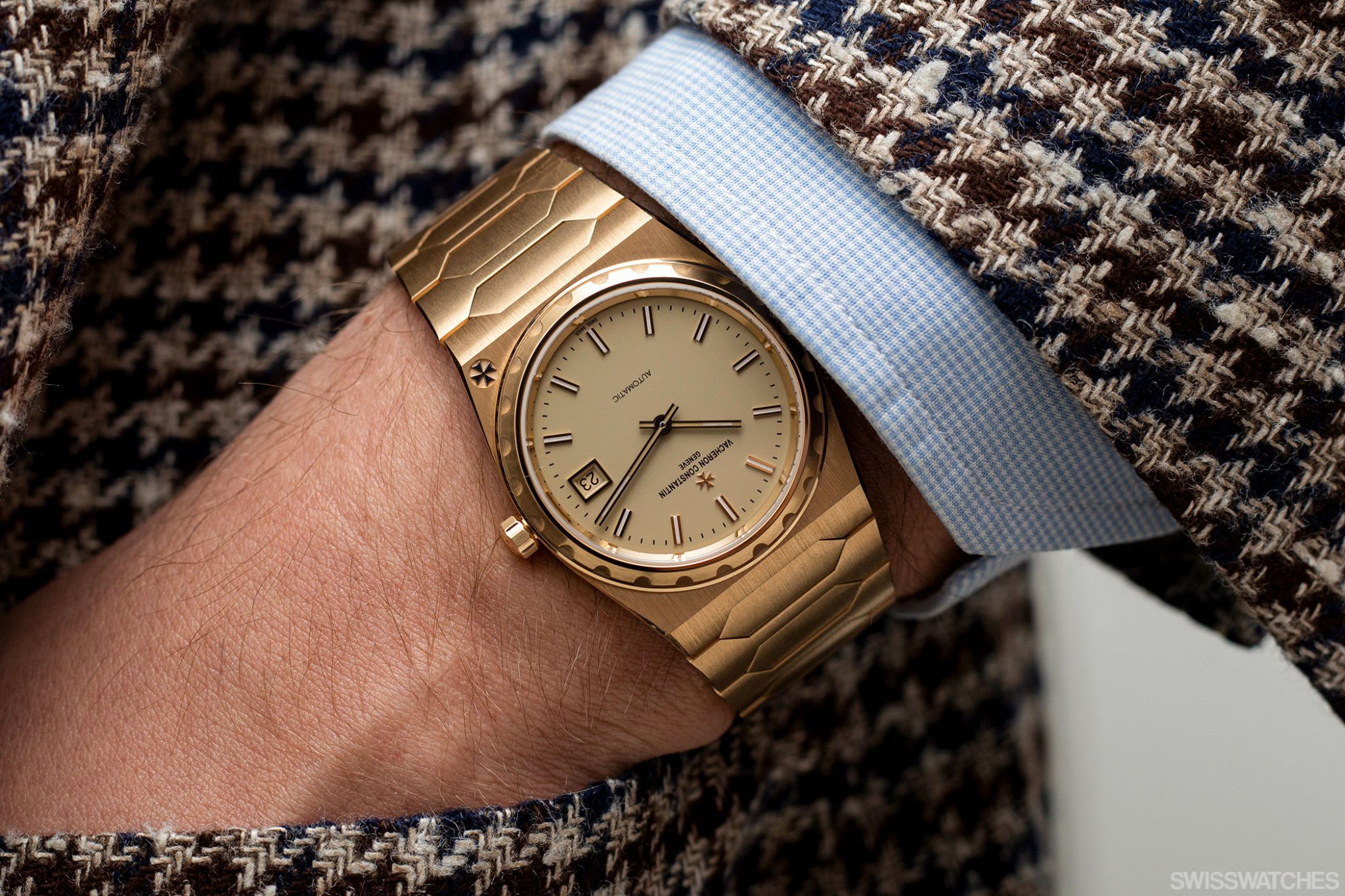
The historic 222, nicknamed the ‘Jumbo’, had a 37 mm diameter and a monobloc case crafted from a single block of metal, from which the movement was inserted into the watch from above. Comprehensively designed, the bracelet consisted of hexagonal links that gave the 222 a highly functional, compact, and refined look. On the other hand, the aesthetic of the bezel was shaped principally by its fluting. The bottom right-hand corner of the case bore Vacheron Constantin’s emblem, the Maltese Cross. The watch was produced in steel, yellow gold, and bicolour, initially just in a 37 mm case, but later also in smaller editions with 34 mm as well as 24 mm cases.
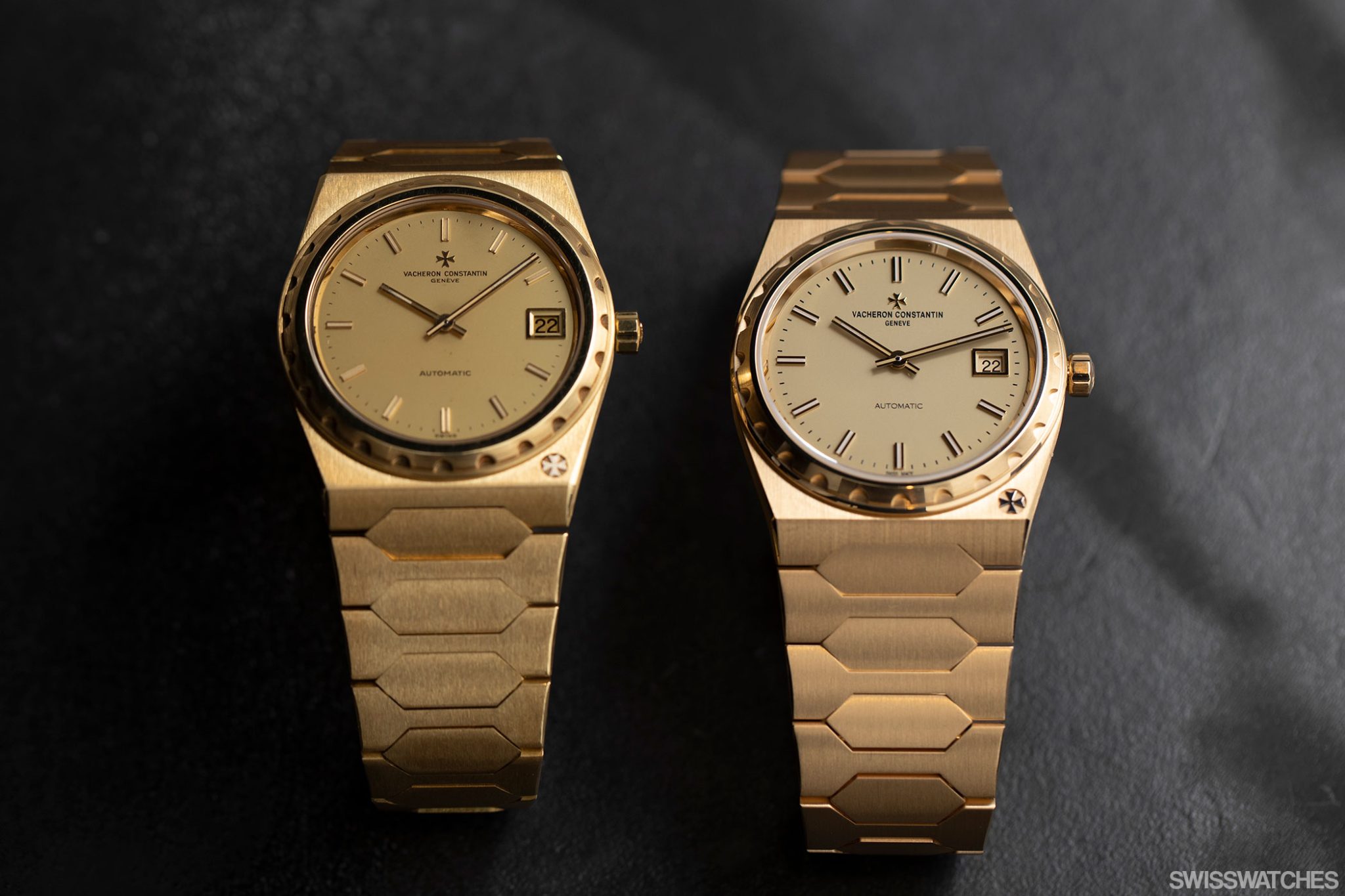
For the basic blueprint of the new 222, which comprises part of the Historiques collection, the maison opted for the Reference 44018. That said, the goal was never to copy the watch, but rather bring the edition from the late 70s into the new millennium. Vintage charm meets technical expertise in the 2022 edition. In terms of the design, this means that the caseback is open, exposing a view of the movement.
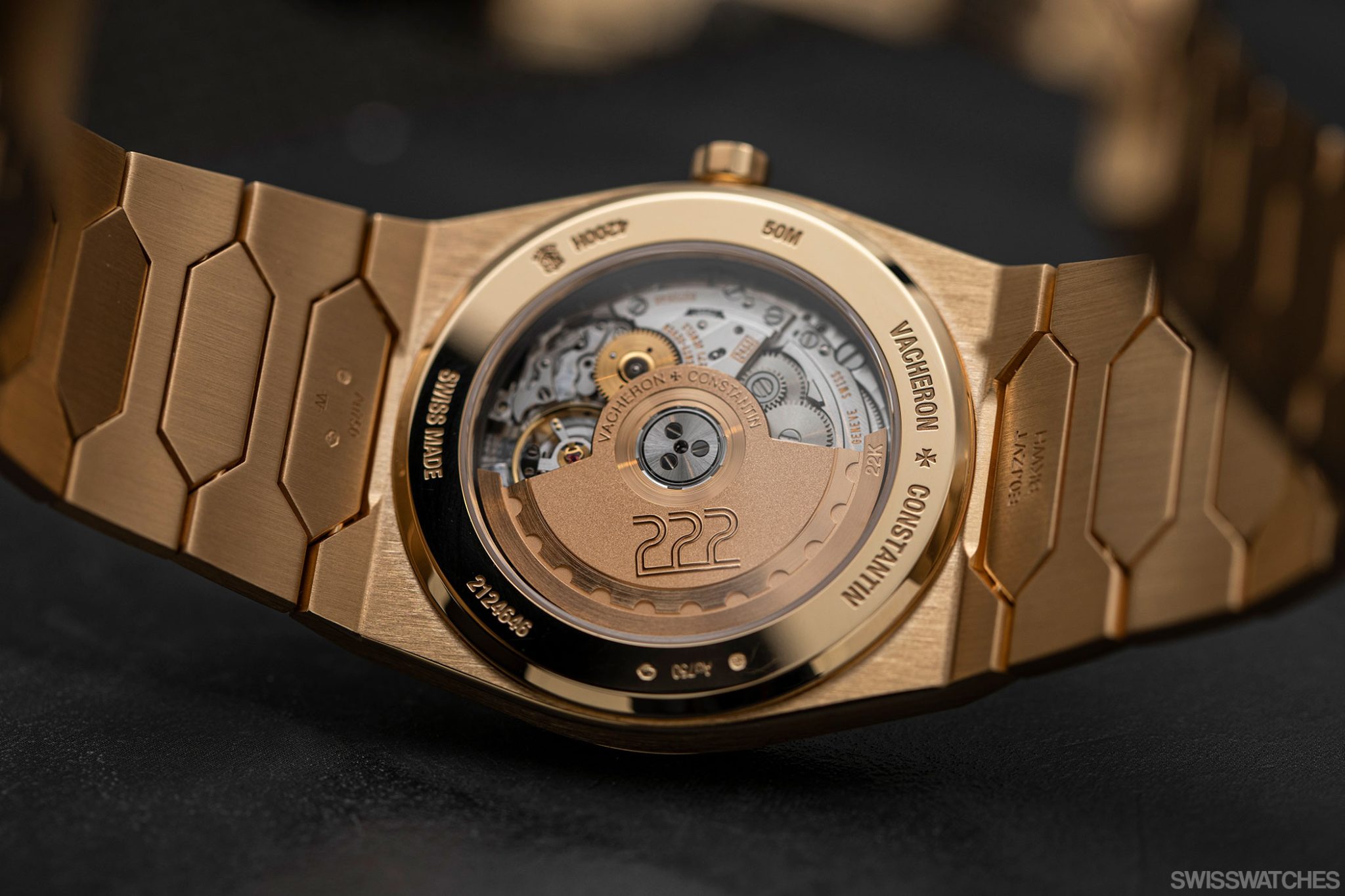
The finishing is overall more elaborate, the indices polished, the bezel receives a rounded finish, and the crown and bracelet have a vertical satin finish. The hands and indices are covered with Super-LumiNova, while the date window is now further away from the edge of the dial. All in all, the yellow-gold 222 has a very harmonious overall appearance, and the satin finishing allows the yellow-gold material, which can tend to be rather loud, to look more refined. No wonder, then, that since its introduction, the model is in very high demand, even finding its way into the collection of what is surely its most famous owner thus far, Brad Pitt.
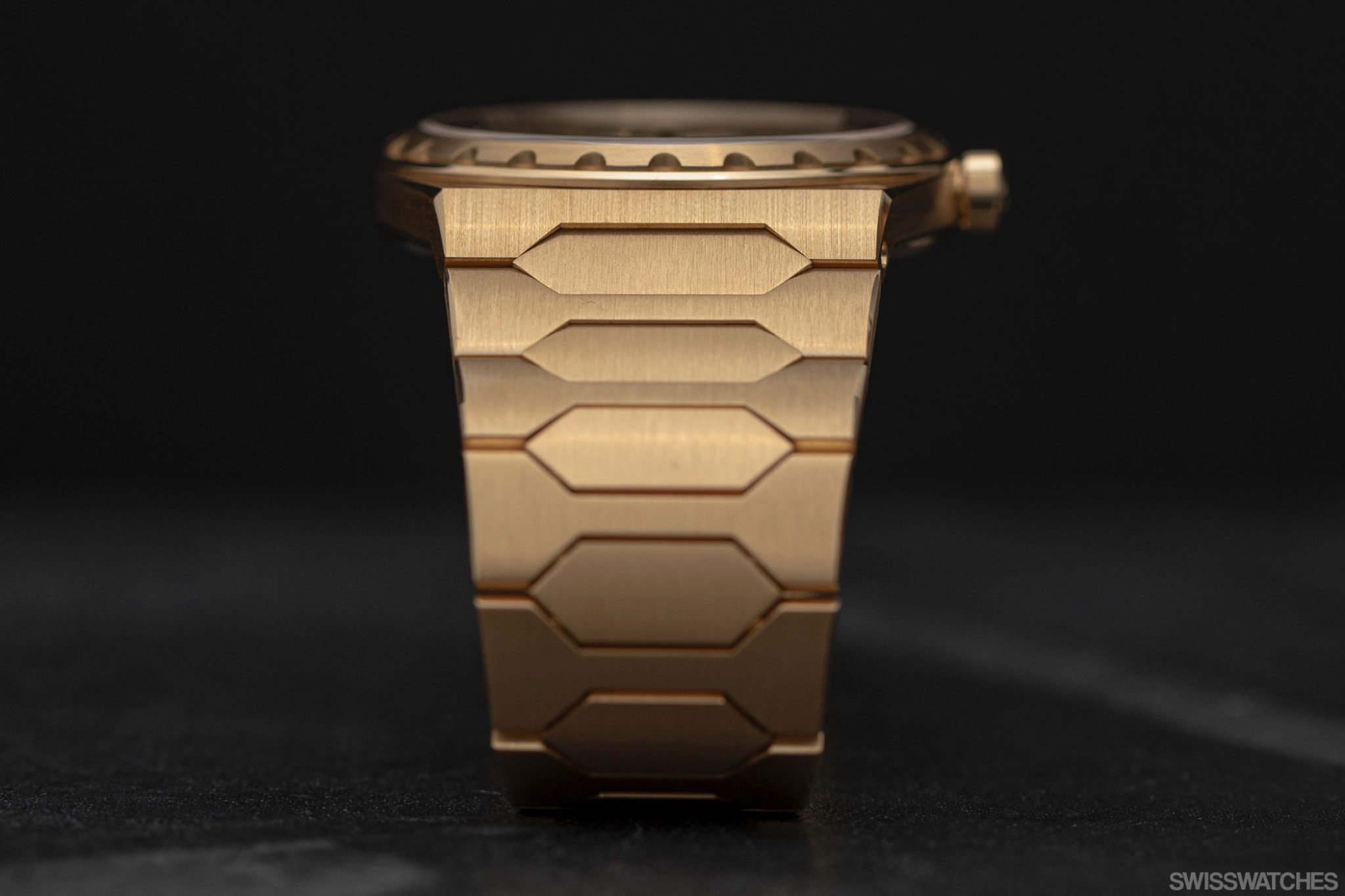
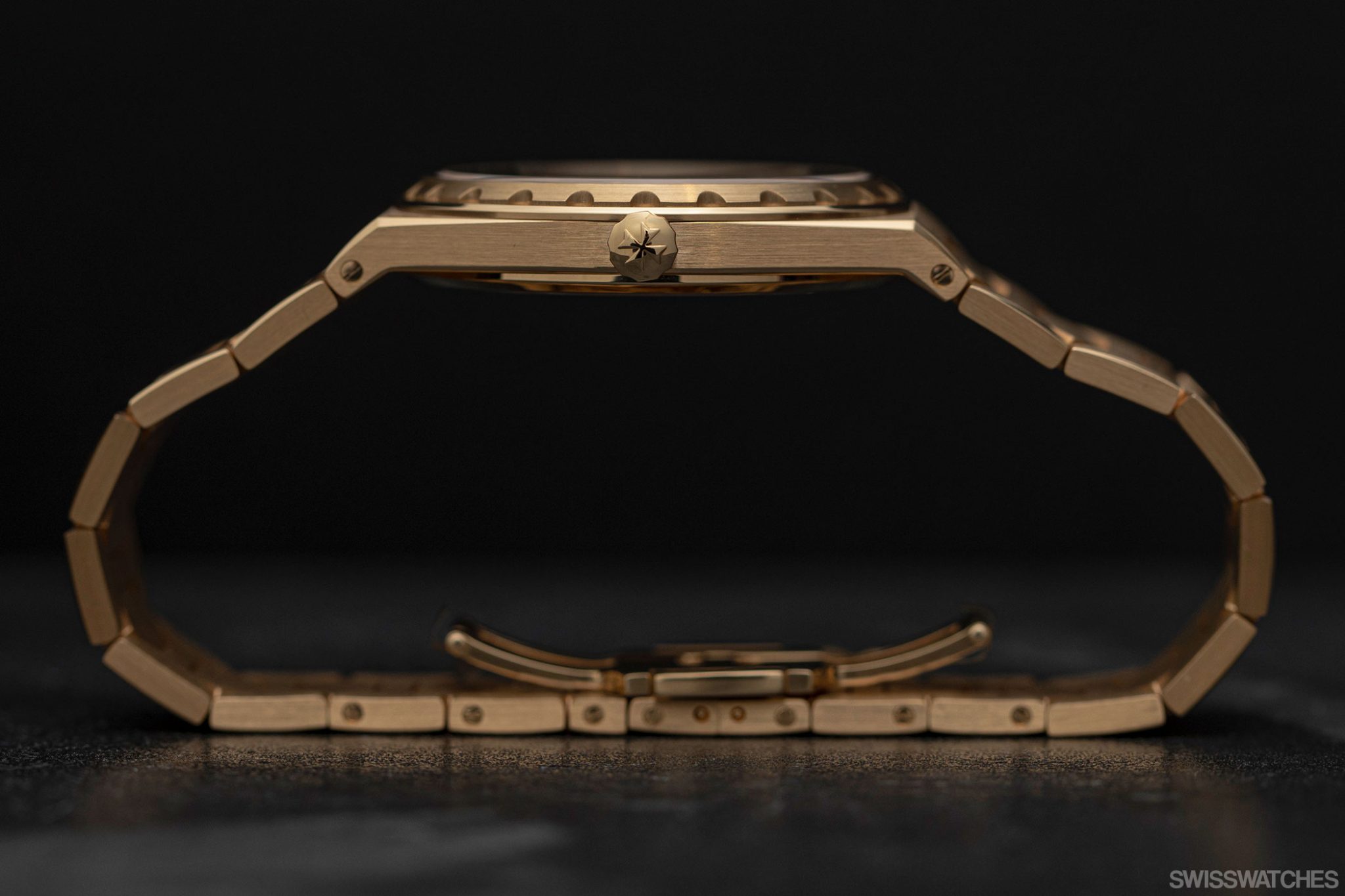
For the original Polo, on the other hand, the most well-known owner was Andy Warhol. The watch first came onto the scene in 1979, coming in either a 27 mm or 34 mm round or square case. The most dominant aesthetic features of the watch were the gadroons, more colloquially known as grooves or ornamental lines, extending from the case to the bracelet. Powering the first Polo watches was the quartz calibre 7P, developed by Piaget itself. Out of the less than a thousand Polo pieces that were produced between 1979 and 1990 in various forms, only a negligible number housed an automatic movement. Quartz remained in the limelight. Although back then the choice of calibre was very much logical and understandable, its quartz movement likely had an impact on the Polo’s level of recognition as a respectable member of the Nautilus, Royal Oak, and 222 family today, which fixates largely upon mechanical calibres.
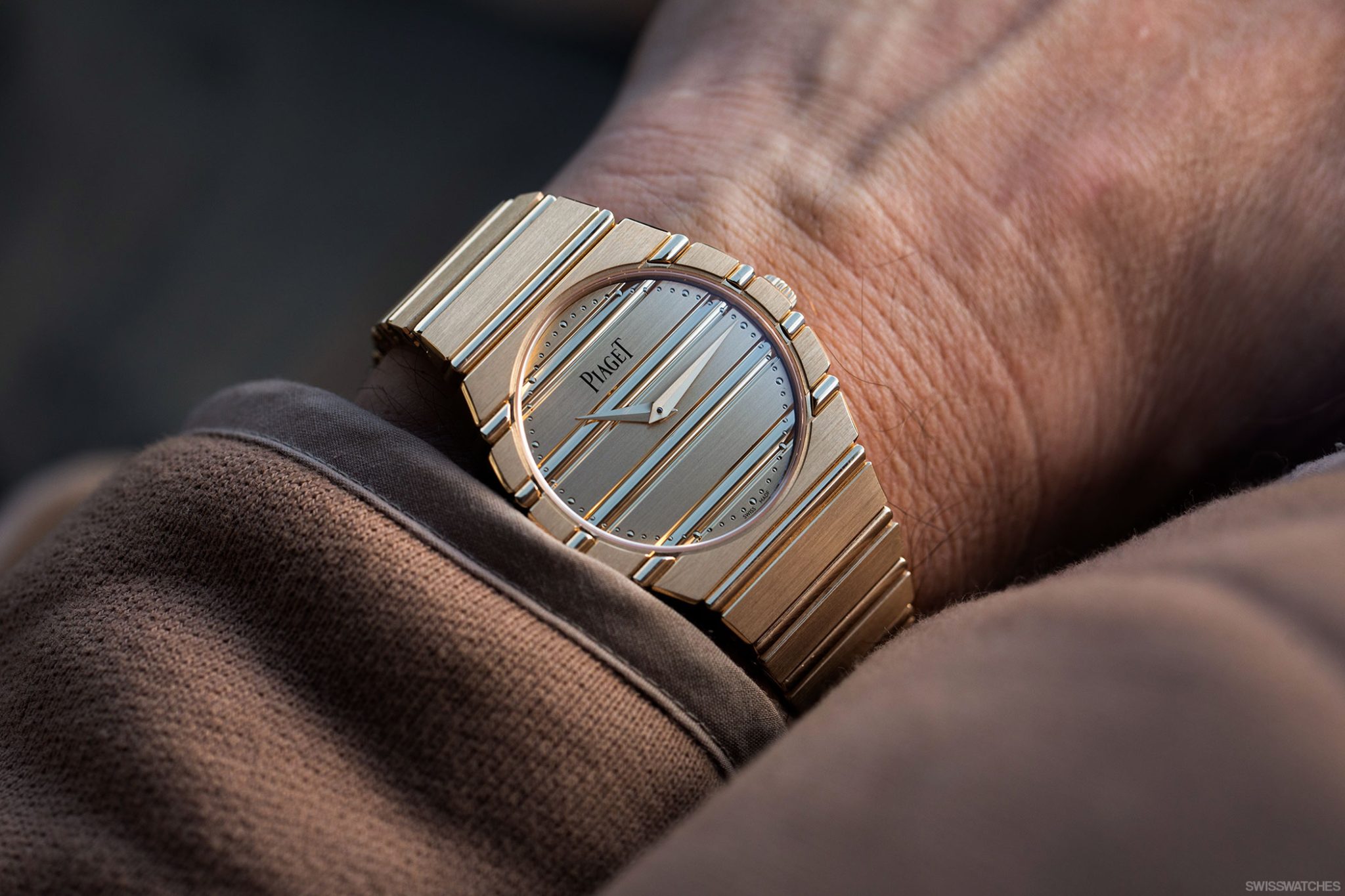
Let’s also not forget that Piaget is – sorry, another trigger word incoming – famous for its jewellery watches. That said, collectors should still remember that Piaget was originally founded not as a jeweller, but as a watchmaker. Georges-Édouard Piaget came from a farming family, and was one of those who began watchmaking in the Swiss Jura before its success in the field of haute horlogerie became revered across the globe. To this day, the demands placed on the company’s mechanical watches are correspondingly high, and its expertise in the manufacture of extremely thin movements is particularly well known, having also been proven by several world records.
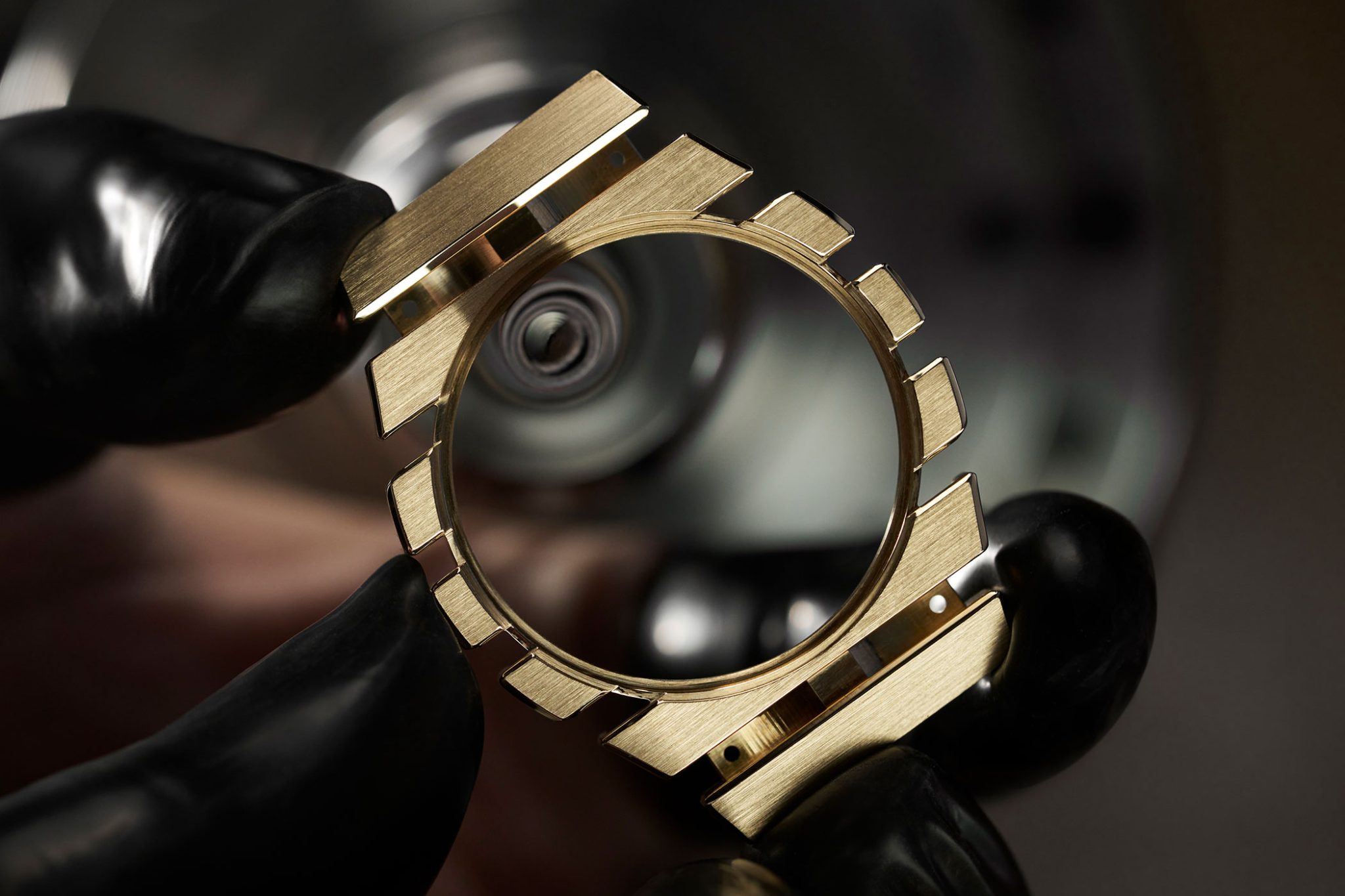
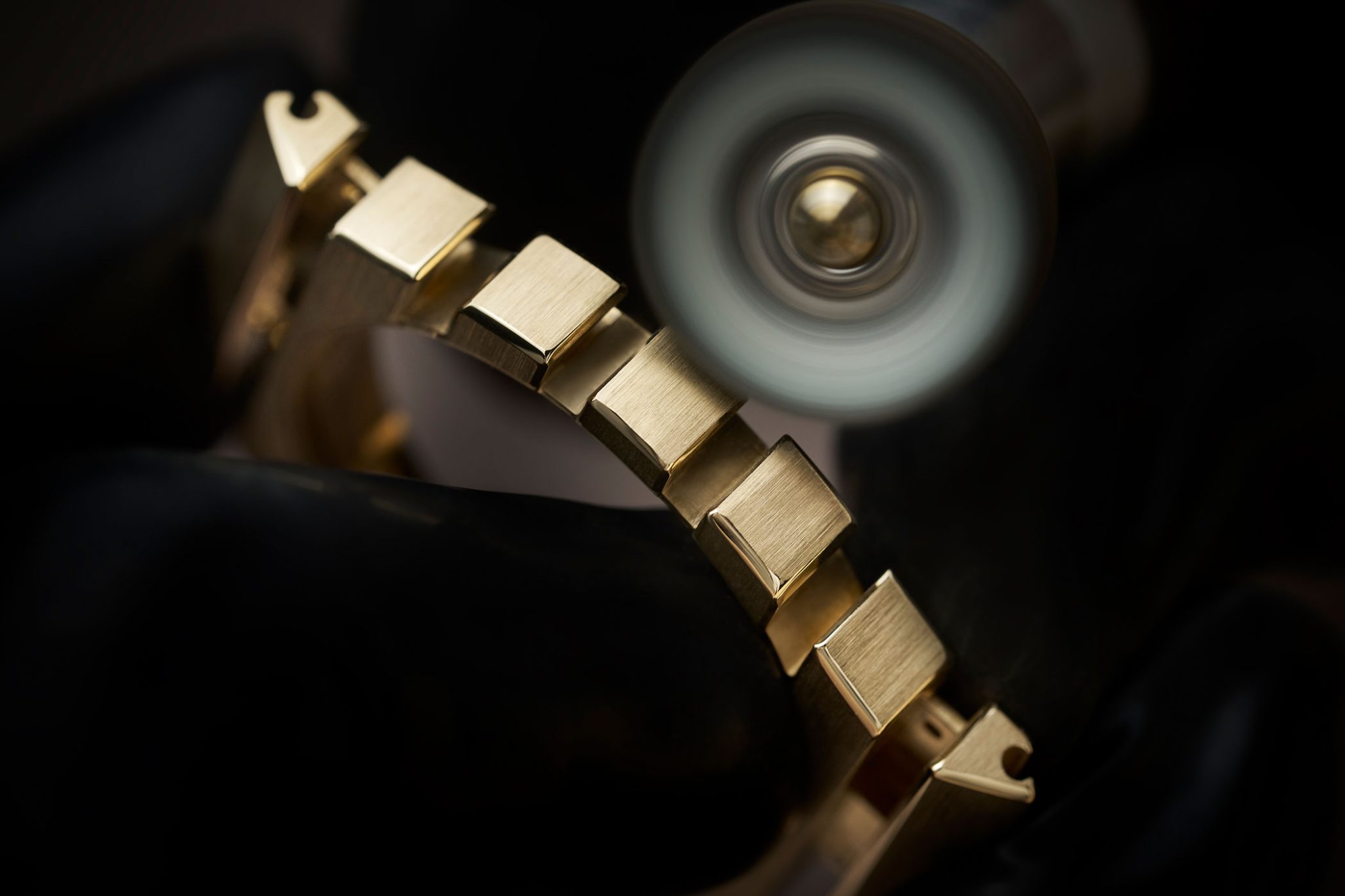
Something that can be said for certain is that the design of the Polo is unique. The bracelet, with its distinctive gadroons, carries the entire watch. It brings out the very casual look of the 70s, which Piaget’s new Polo 79 executes with impeccable quality. In some respects, the Polo 79 and 222 are remarkably similar: with its yellow-gold dial, the Polo 79 also has a maximal monochrome appearance, and the polished gold of the Piaget also merely sets accents, while the satin-finished precious metal dominates the overall aesthetic. With its 38 mm diameter, the Polo is also technically a tad larger than the Vacheron Constantin, yet remains the more delicate in terms of appearance on the wrist, no doubt due to the case shape and lugs of the 222. Thus, the Polo 79 lives up to its DNA, and can also be worn as a unisex watch, while the size and design of the 222 tends to be a more masculine piece overall.
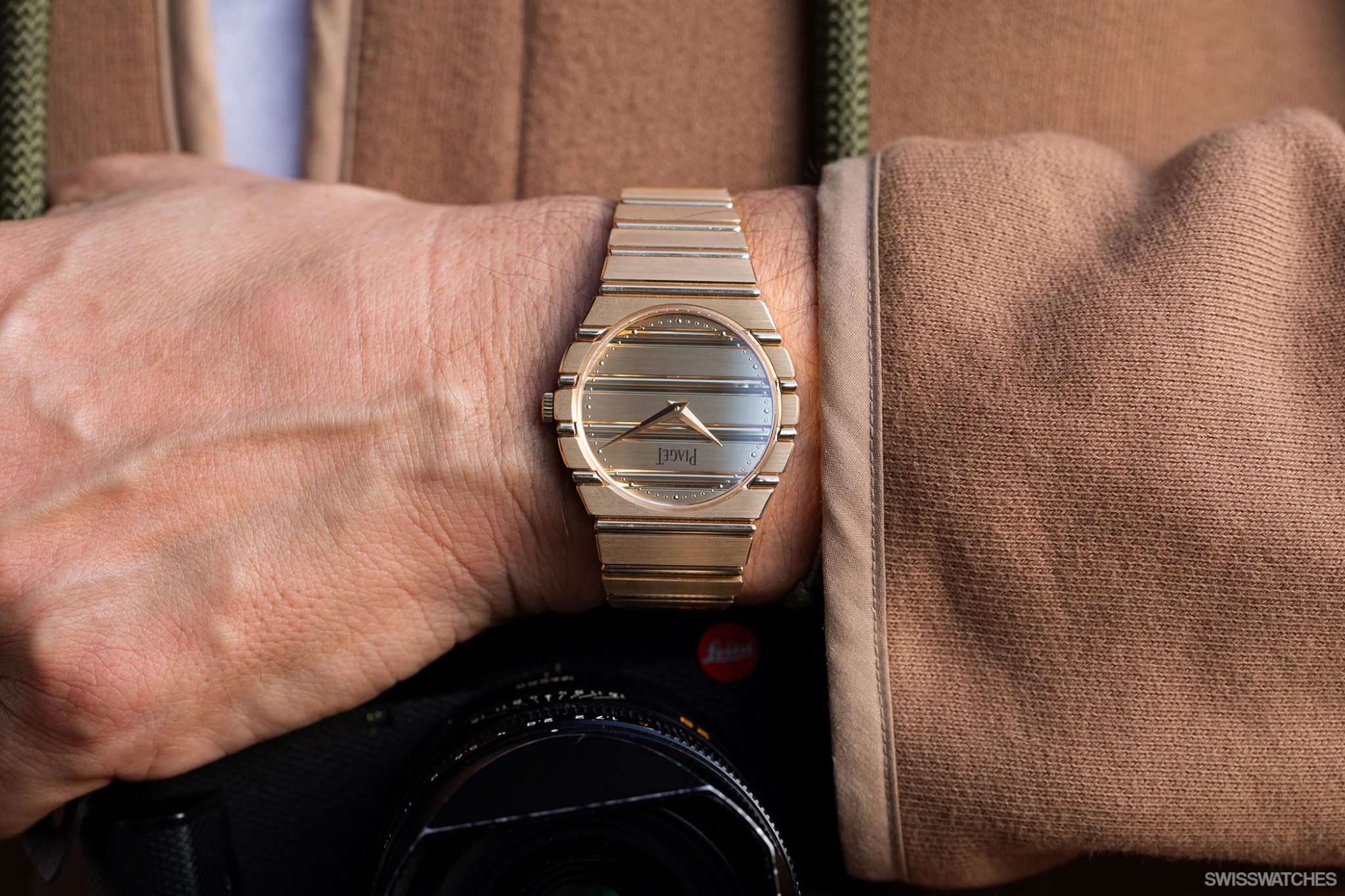
The driving factor
Powering the Vacheron Constantin is the manufacture calibre 2455/2 with a frequency of 28,800 vph (4 Hz). In the historical version of the 222, the watch was actually powered by the Jaeger-LeCoultre calibre 920, beating at a frequency of only 2.75 Hz. Interestingly, the new 222 is water-resistant to 50 m, while its predecessor was actually water-resistant to 120 m thanks to its monobloc case construction.
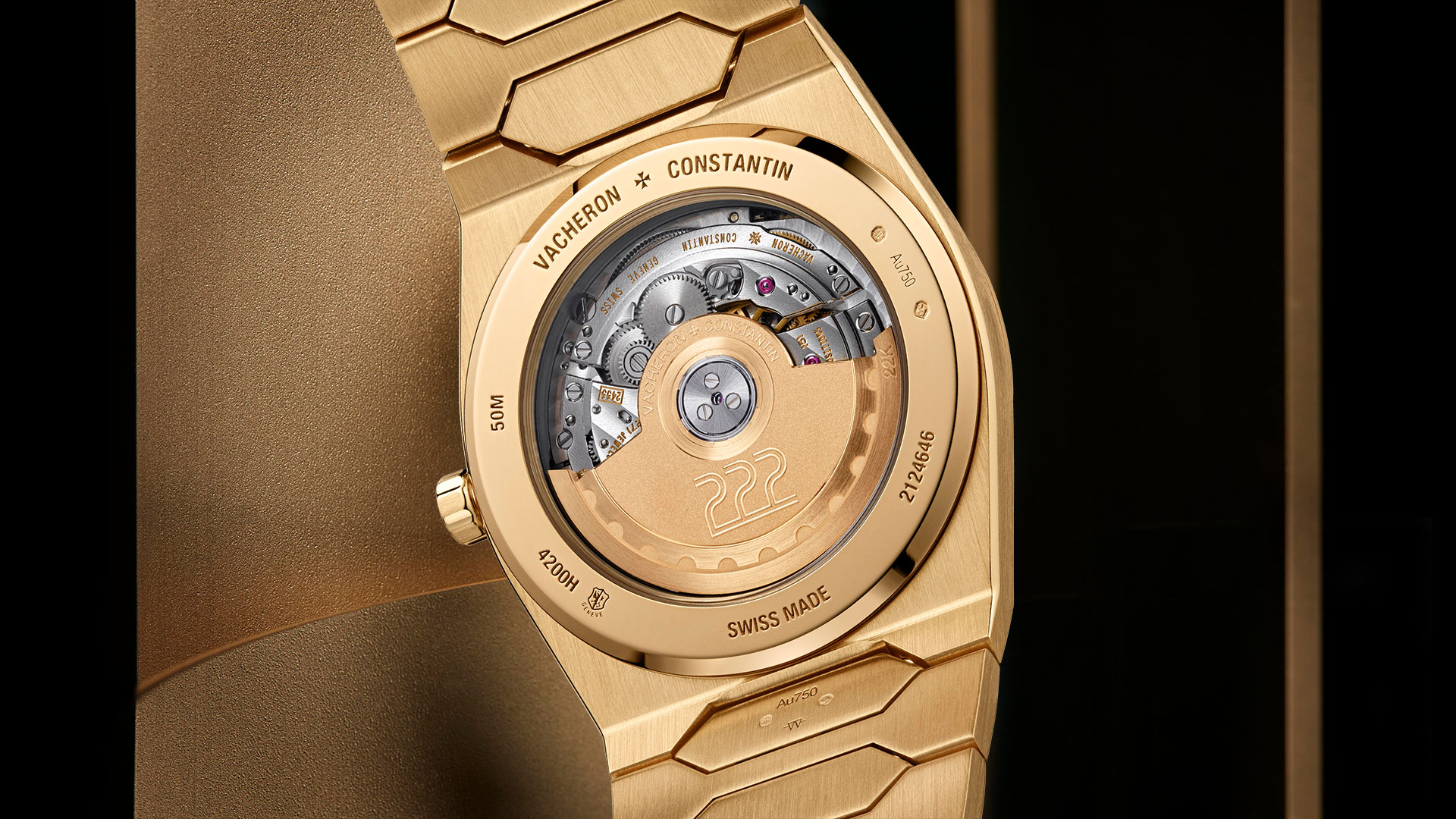
The Polo 79 also of course now has an automatic movement, the slim calibre 1200P1, which until now was reserved for the Altiplano collection. A look through the sapphire caseback provides a view of the fine adjustment in the style of an Etachron eccentric screw which, in the eyes of many collectors, is not really the fairest choice for a watch priced at 80,000 euros. These same collectors would likely also hope for a more elaborate finishing of the movement in addition to a more valuable regulator.
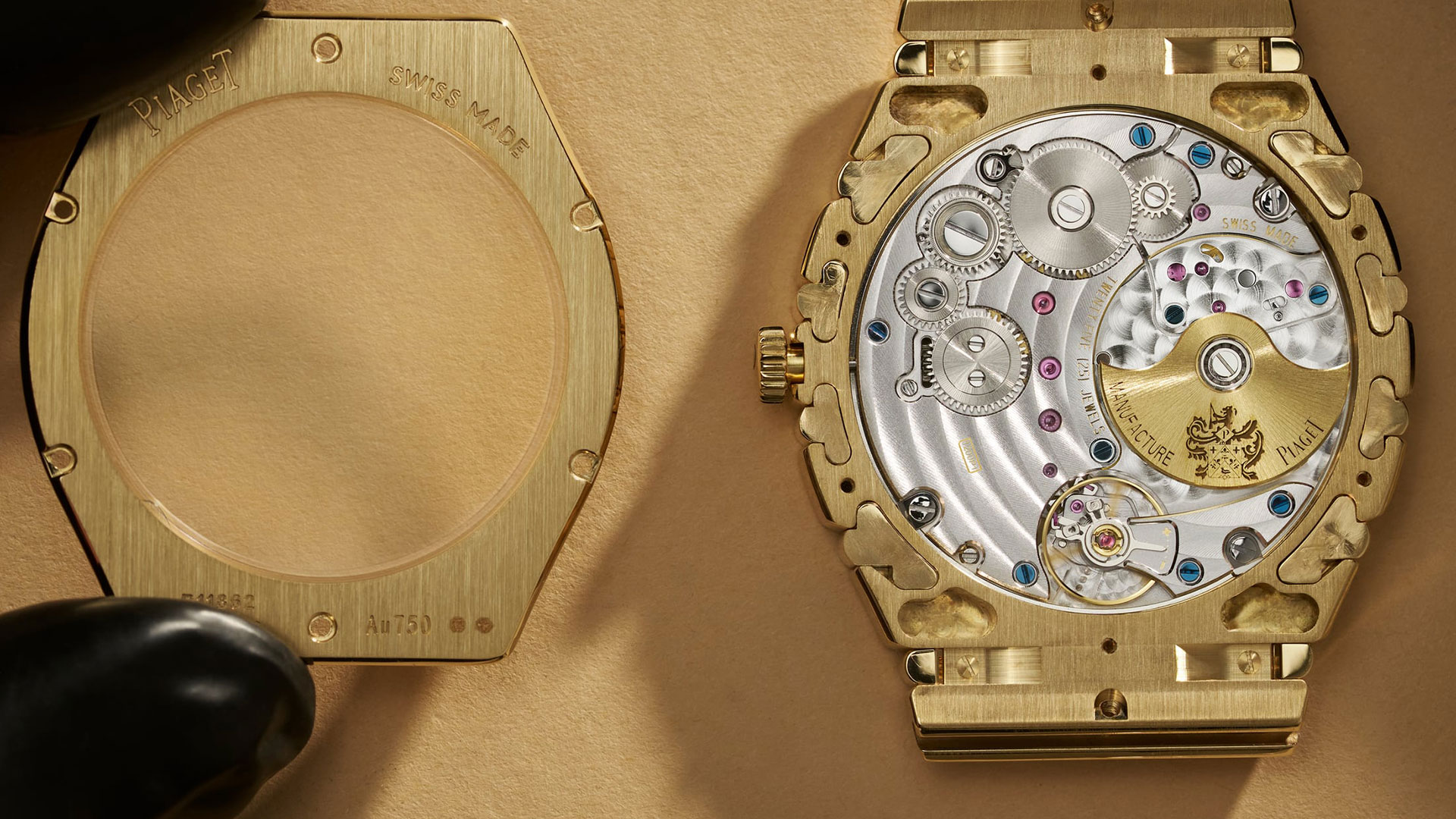
The all-important question of price: Too expensive or worth it?
With the Polo 79, you’re paying around 80,000 euros for a 200-gram, two-hand 18-carat gold watch. The price is also indicative of its wonderfully enjoyable 1980s style. Previously, the Polo was not so much a valuable watch as a statement – and, as Piaget never tires of mentioning, the production of the case and bracelet’s gadroon is highly elaborate.
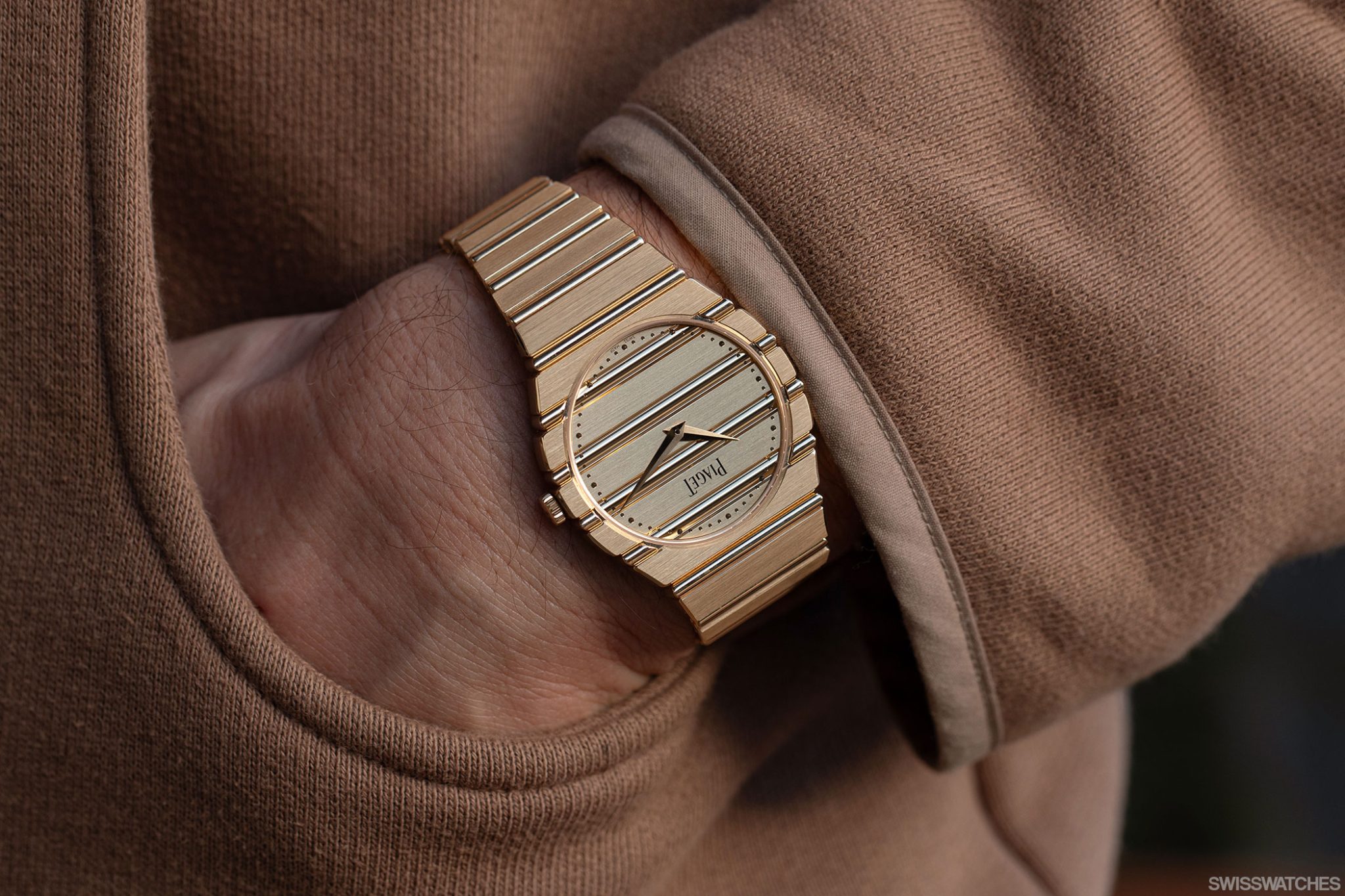
At the same time, we must allow for some comparison: Vacheron Constantin’s competitive timepiece also requires a payment of 80,000 euros. Audemars Piguet requests 79,800 euros for its Royal Oak ‘Jumbo’ Extra-Thin in yellow-gold. At Patek Philippe, the Reference 5811 costs around 68,950 euros for a white-gold model, which generally even have a small surcharge compared to yellow-gold ones. Parmigiani Fleurier’s Tonda PF Automatic with a 40 mm rose-gold case has a price of 61,800 euros. Its 36 mm version costs 60,600 euros.
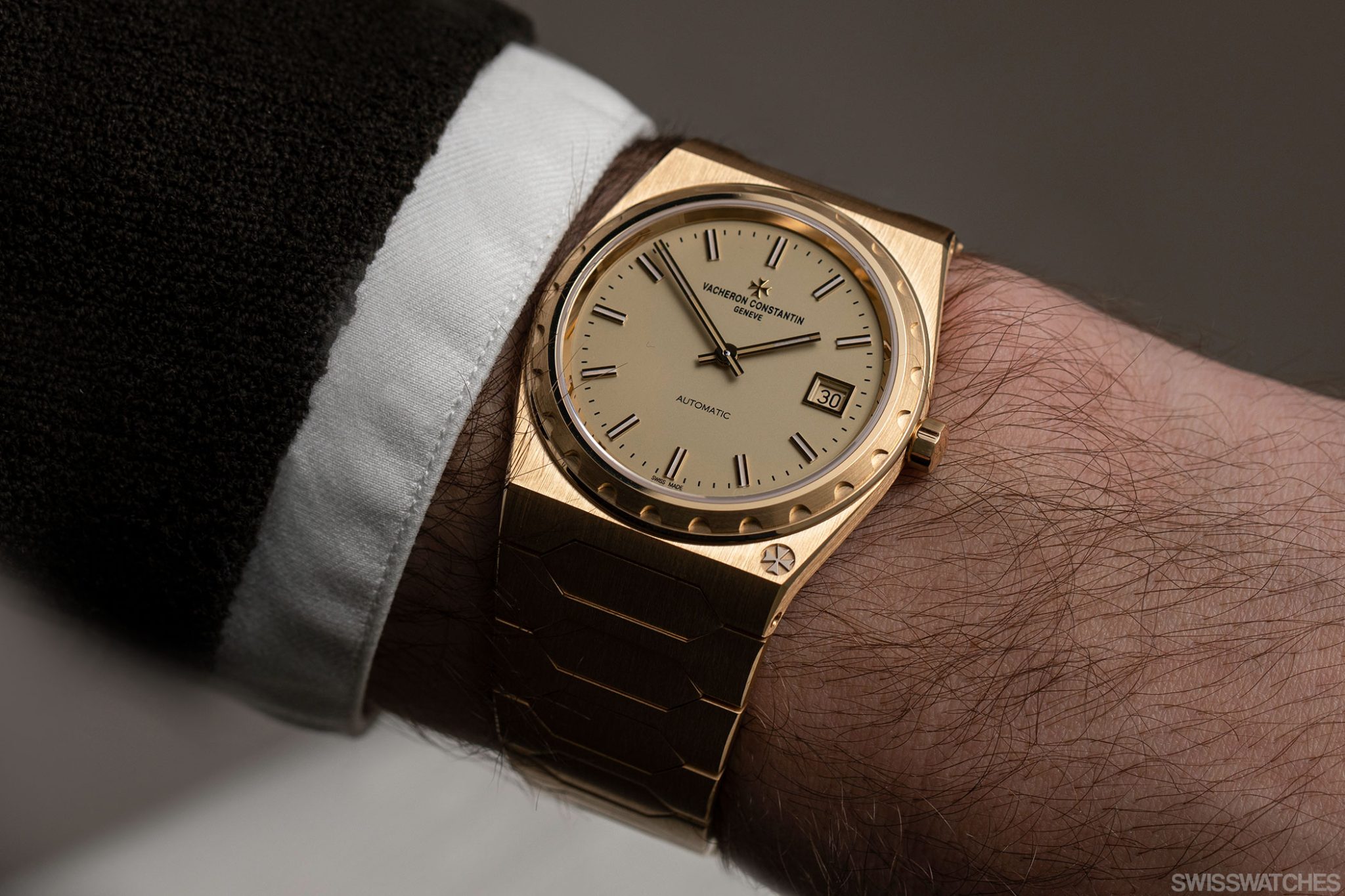
What does this signal to collectors? Certainly not that Patek Philippe is inexpensive. 80,000 euros for a simple yellow gold watch with a full gold bracelet is still the absolute exception. Yet Piaget is not alone with its pricing. Playing with the myth of brands and models, with supply and demand, with desires and status needs – it makes pretty much anything possible when it comes to pricing. It’s not all entirely rational. It never was. Vacheron Constantin can rely even more on its watchmaking reputation when it comes to pricing, which is one of the reasons why the 222 has been in such high demand in recent years. At the same time, the prices for Vacheron Constantin watches on the grey market have cooled off considerably. In turn, the prices for Piaget are at the top of the range, and it must now prove its strength to its customers. With the Polo 79 we have, once again, a decidedly individual watch in the collection, which may serve as an alternative for those who, aesthetically speaking, regard the ’normal’ Polo collection as too much of a hybrid evocation of the Nautilus and Aquanaut.
So, which is the best?
The question of which watch is the best is about as unanswerable as the question of what is the finest wine, the best cigar, the most delicious dish, or most beautiful painting. Wherever you look, you will find different opinions and varying tastes. Is the 222, however, perhaps the better deal? By no means. Yet it is perhaps the more comprehensive of the two, and arguably a more everyday option that can appeal to a wider spectrum. Yes, a yellow-gold watch is a statement. The Piaget is twice as unconventional and definitely more conspicuous. It’s a watch that requires a wearer who can match it to their equally out-there style. Many luxury watch consumers opt for models that match to their own look, or indeed buy pieces that reflect a look that they would like to have.
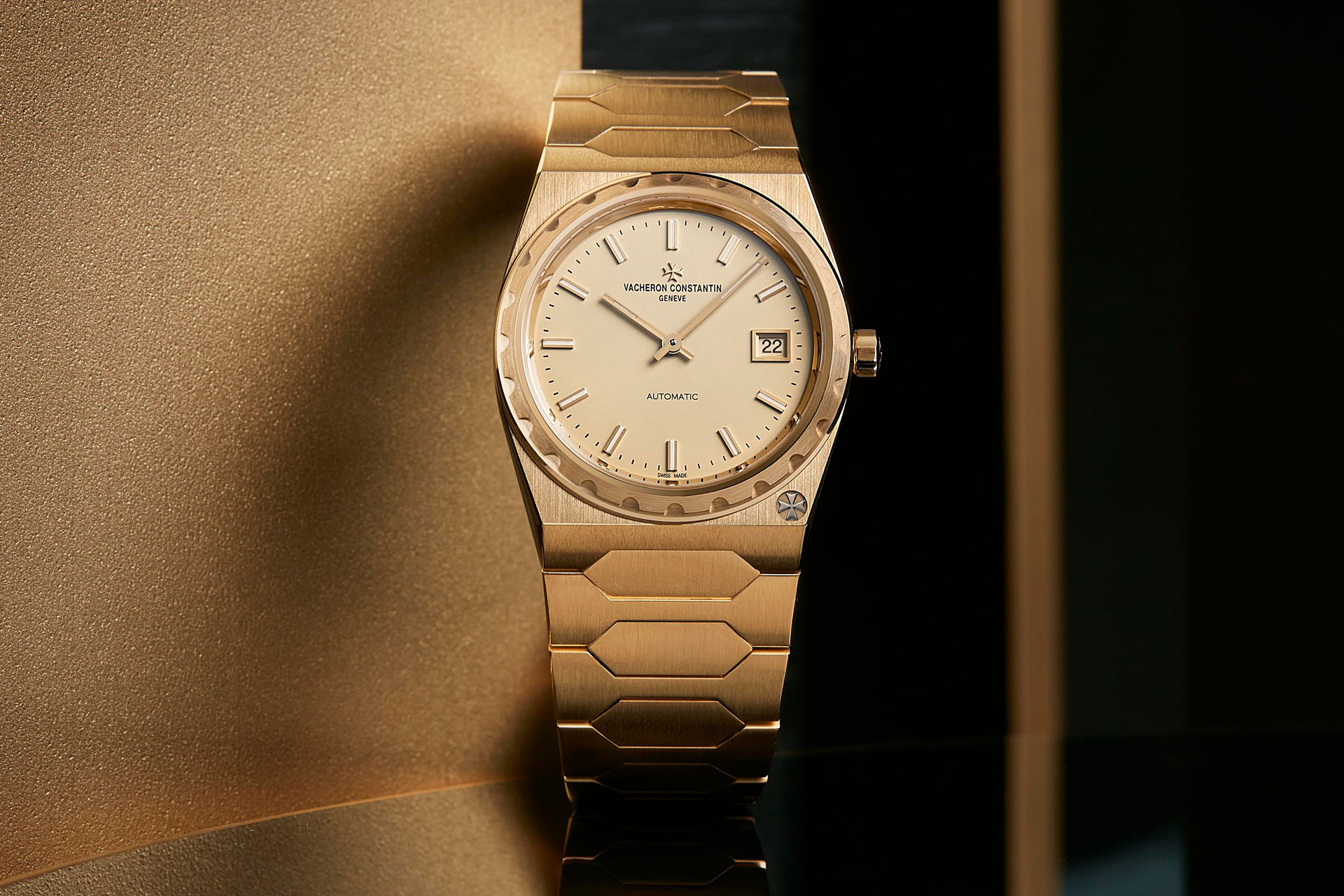
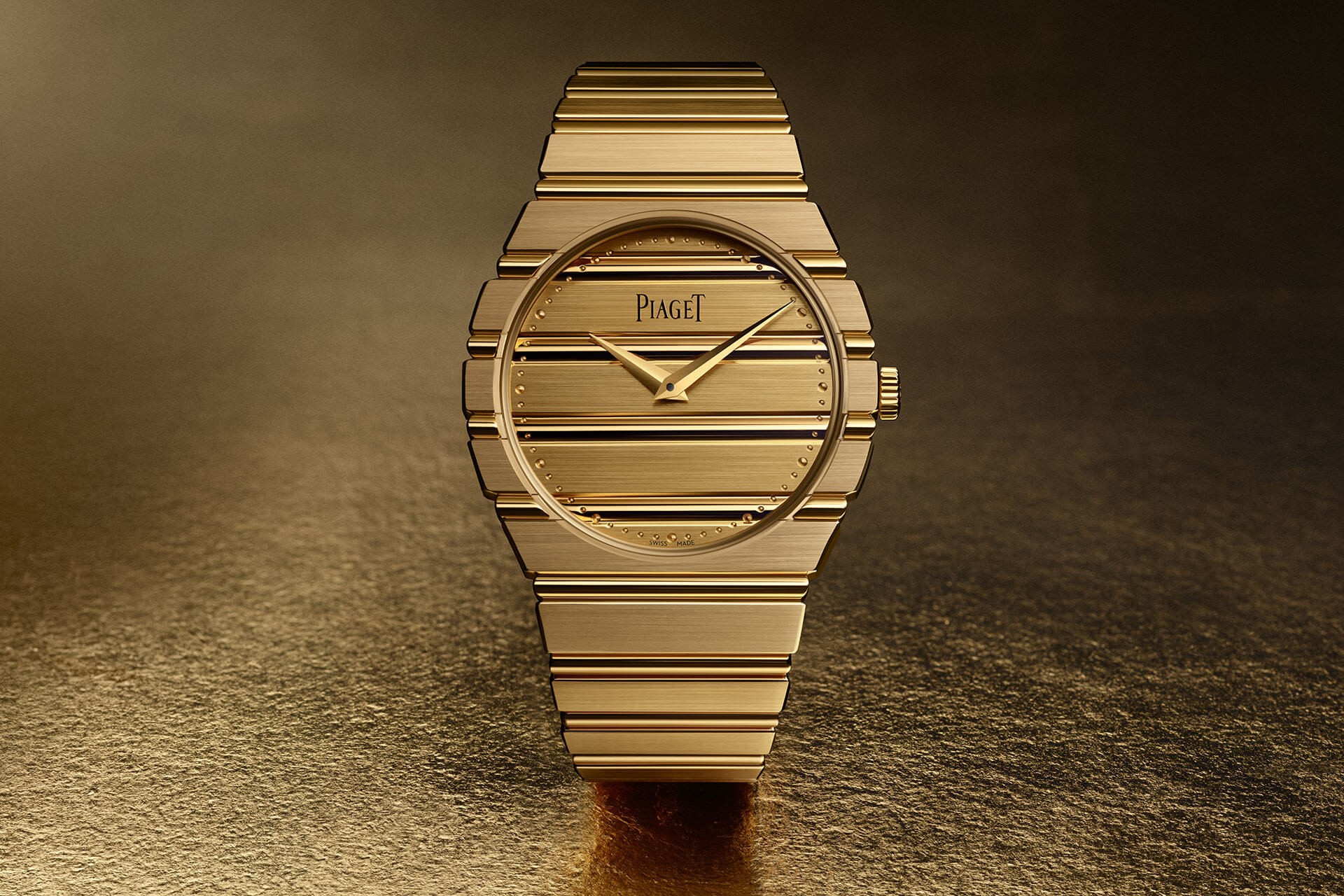
The author of this article, for example, is not the type to buy a 222 – but with one or two changes to the wardrobe, he could be. For the Polo 79, however, a few more significant changes would be necessary, not least a change in attitude towards the jewellery factor underlying in watches like this one. As similar as the Polo and 222 are in terms of their ingredients, they fundamentally differ in terms of their charisma and collector feeling. Both watches are crystal clear and without compromise in their representation of their respective maisons. To come back to the question asked by Swisswatches Magazine via Instagram: yes, I would also prefer to wear the 222. But the Polo 79 is undeniably the more exciting watch.
